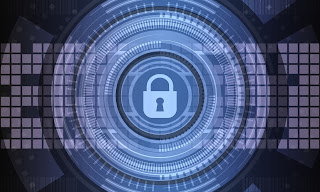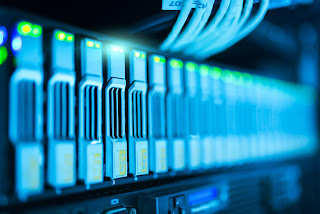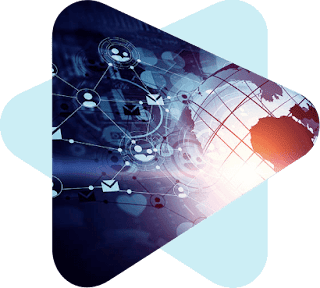Points To Consider To Improve Security Posture Of Enterprises

For different reasons, those employed in the critical area of cybersecurity are always stressed. The workload is immense since cybersecurity teams are typically understaffed. The very essence of the work is highly demanding as well. In such situations, solving the burnout problem requires companies to work better, not harder. Here are some approaches that businesses can adopt to take the challenges head-on. Understanding The Business The COVID-19 pandemic has shown that companies need to be able to quickly adjust and adapt, whether in response to a crisis, customer needs, or technology. This need for speed puts IT security at the forefront, to the point that cybersecurity is no more a technology problem; it's a business issue. Organizations should make cybersecurity the overall business plan part of. In order to ensure that security is integrated in organizational culture, this means inculcating a security-first mindset. Recognizing The Complexity COVID-19 has establish...



